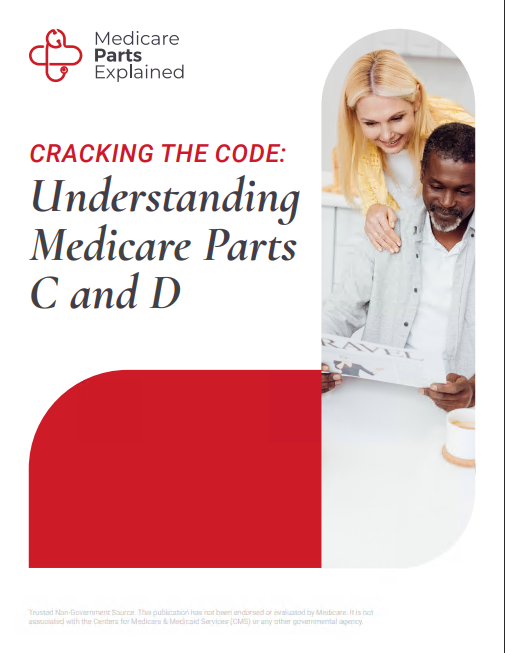Explanation of Medicare Part B
Medicare Part B is a critical component of the Medicare program, providing coverage for outpatient medical services, preventive care, durable medical equipment, and certain home health services. As an essential part of Medicare, Part B helps beneficiaries access necessary medical care outside of a hospital setting, including visits to doctors, specialists, and other healthcare providers. In this guide, we’ll explore the key features, coverage options, eligibility criteria, and enrollment process associated with Medicare Part B.
Coverage and Services Provided by Medicare Part B
- Doctor Visits: Part B covers visits to doctors, specialists, and other healthcare providers for medically necessary services, including office visits, consultations, and diagnostic tests.
- Preventive Care: Part B covers preventive services such as screenings, vaccinations, and counseling to help prevent illness and detect health conditions early.
- Durable Medical Equipment (DME): Part B provides coverage for durable medical equipment, such as wheelchairs, walkers, and oxygen equipment, prescribed by a healthcare provider for home use.
- Outpatient Procedures: Part B covers certain outpatient procedures performed in a doctor’s office or outpatient facility, including minor surgeries and diagnostic tests.
- Ambulatory Services: Part B covers ambulatory services, including ambulance transportation to a hospital or other medical facility when necessary for medical treatment.
Eligibility for Medicare Part B
Most individuals become eligible for Medicare Part B based on their age and enrollment in Medicare Part A. Individuals aged 65 and older who are eligible for Social Security or Railroad Retirement Board benefits are automatically enrolled in Medicare Part B unless they choose to opt out. Additionally, certain younger individuals with disabilities may qualify for Medicare Part B based on their eligibility for Social Security Disability Insurance (SSDI) benefits. Individuals who are not automatically enrolled in Part B must sign up during their Initial Enrollment Period (IEP) to avoid late enrollment penalties.
Enrollment Process for Medicare Part B
Cost Sharing and Coverage Limits
- Premiums: Part B has a monthly premium that beneficiaries must pay, which may vary depending on their income level.
- Deductibles: Part B has an annual deductible that beneficiaries must meet before Medicare begins to pay for covered services.
- Coinsurance: After the deductible is met, beneficiaries may be responsible for coinsurance for certain services, typically 20% of the Medicare-approved amount.
- Coverage Limits: Part B coverage is subject to certain limitations, such as the frequency and duration of certain services or procedures.




